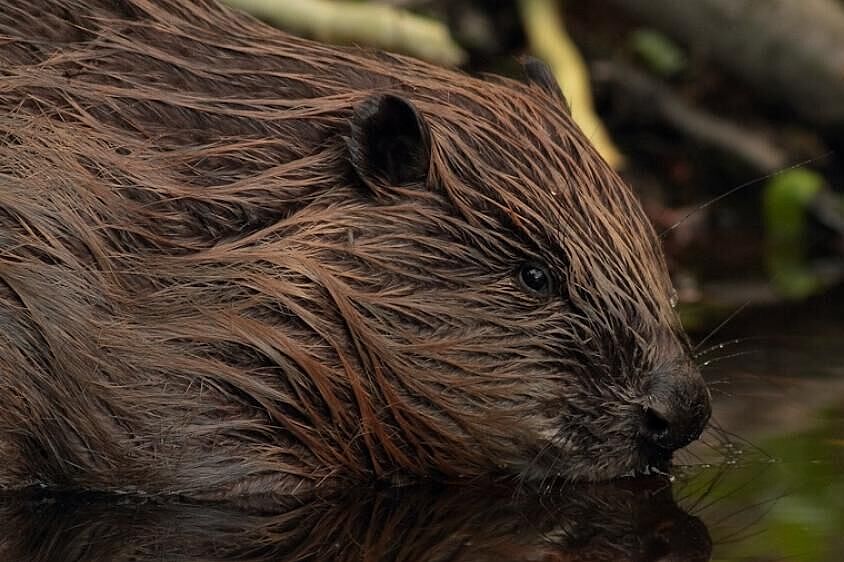Our current era is characterised by a high rate of species extinction – caused predominantly by human activities. When the last individual dies, species not only disappear from our planet. They also disappear from our collective memory, from our cultures and discourses. This phenomenon is called "societal extinction". It is most pronounced for species that are already extinct, rare or otherwise isolated from society. Interactions and experiences with these species are then so reduced that we collectively forget them. Researchers have now studied the process and published their results today in the scientific journal Trends in Ecology & Evolution. They also emphasised the relevance of public awareness of a species in taking management and conservation actions.
If species are threatened, rare or extinct, the interactions and experiences people have with them also decrease. As time passes, such species may fully fade from people’s memory. An international research team has studied this phenomenon of societal extinction in more detail. As the scientists found, it depends on many factors whether a species will become societally extinct. These include the charisma of a species, its economic, cultural or symbolic importance to society, and also whether and how long ago it went extinct, or how distant and isolated its range is from human settlements and activities.
“Most species actually go extinct without society ever noticing them“, explains Tina Heger, co-author of the study and researcher at the Leibniz Institute of Freshwater Ecology and Inland Fisheries (IGB). “This is, for instance, true for many aquatic species that are hidden below the water surface“, adds her colleague Jonathan Jeschke who also contributed to the study. There are also many other unknown species, in particular invertebrates, plants, fungi and microorganisms. Such species that are not present in society are usually small, cryptic, uncharismatic or inaccessible. Their decline and extinction therefore often go unnoticed.
Even extant species can fall into oblivion
Societal extinction can also occur in extant species. Different social or cultural changes, for example through the urbanisation and modernisation of society, can radically change our relationship with nature and lead to the collective loss of memory. Medicinal plants are an example: When traditional herbal medicine was replaced by modern medicine in Europe, this probably led to the loss of general knowledge of many medicinal plants.
Studies conducted among communities in southwestern China and indigenous people in Bolivia show a similar picture: there, local knowledge and memory of extinct bird species was lost. The respondents were no longer able to name these species or even remember their appearance and sound.
And even if species remain collectively known and salient, or become more popular after extinction, our awareness gradually changes. The memory of these species becomes inaccurate – as the researchers also explicitly pointed out.
Societal extinction challenges biodiversity conservation
This is particularly relevant when it comes to species conservation: societal extinction can considerably reduce efforts to conserve biodiversity and affect our perception of the environment. For example, the idea of what is normal, natural or healthy shifts. "Societal extinction can reduce our willingness to pursue ambitious conservation goals. It could, for example, reduce public support for reintroduction efforts, especially if these species are no longer present in our memory as natural components of the ecosystem," explains Ivan Jarić, lead author of the study and researcher at the Biology Centre of the Czech Academy of Sciences.To counteract societal extinction, targeted, long-term communication campaigns, conservation education and natural history museums are indispensable, the authors emphasise. This is the only way to revive, improve and maintain the memory of societally extinct species.
In further research, the scientists would like to find out to what extent the phenomenon leads to a false perception of the severity of threats to biodiversity and true extinction rates.


